Have you ever had a hobby which took you a long time to learn? That just when you considered your skill to be pretty OK at best, you come to realization that everything learned up to that point has only been one part of a much, much greater whole?
I had an idea for a Blender scene, brought about by the ongoing (and on, and on, and ongoing) Secret World TTRPG adventure module that I’m putting together. I had a picture in my head of a place in that adventure which actually doesn’t appear, although the parts do…just in other locations. Still, I figured that this scene in my head might be doable in Blender, as I seem to have been gravitating more towards composition than modeling these days. I blame the likes of Max Hay who puts out videos that make such task seem effortless, when they are, in fact, anything but.
Tasks always seem easy when you watch someone else with the actual skill performing them.
So this scene from my head, I originally thought I’d get to modeling it myself but then realized that it would be a lot of modeling, and the models weren’t really the point; I wanted to create the scene, so it was all about the composition. I went to BlenderKit and downloaded a few models and put them together in a rough approximation of what I was thinking. Turns out that sucked; my arrangement had major blind-spots in it and I couldn’t find a satisfactory way to fill them in so I went a different route. I had to call in backup in the form of Arborea, a slick plant and tree placement and scattering package that had my eye on for some time. With a little help from BlenderKit again, I brought in some additional models. I added some images from Unsplash and did some trickery, and things looked pretty OK from a composition standpoint.

Of course, this can’t be the final render. It’s too sanitary. Too bright. It’s very flat and, of course, says nothing that I wanted it to say, which is ultimately “what the hell went on here?”
It was time to bring in the lighting.
If I have learned anything from the likes of Max Hay and others, it’s that lighting is the most critical aspect of a render. I could design a great object or put together a fantastic scene, cut corners by applying textures from Fab MegaScans or Polyhaven or AmbientCG, and things will look pretty damn good if I do say so myself (and I have). But when it comes to going that extra mile to make things look real…oh boy. Welcome to amateur hour.
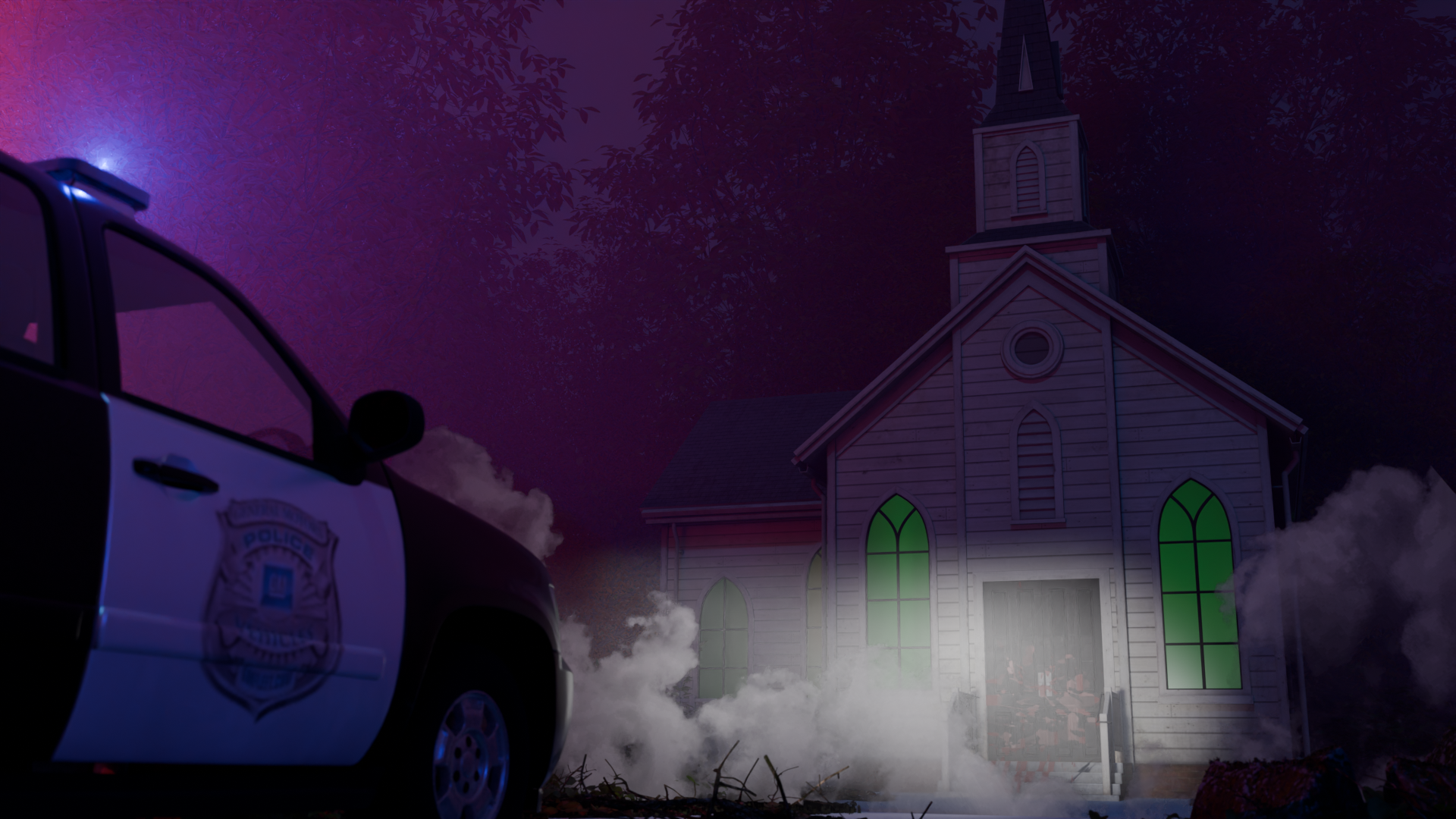
The scene takes place on a night with barely any moonlight. A rural police responder shows up at a well attended but small-town church where a disturbance has been reported. The officer arrives on the scene, lights flashing, and finds a horrifying scene: something unholy has invaded the chapel; something deadly.
Fucking lighting, man. The lighting is the horror.

These are the lights I thought I’d need to make this scene do what I wanted it to do. There are the lights on the car, of course: two headlights, two lights on the top bar, red and blue, with two additional lights on either side to provide some extra glow on the ground, the church, and the trees — none of which is actually noticeable in the render. There’s a green, glowing light inside the church to provide that otherworldly insinuation, but ends up looking like someone left a really bright 1980’s era CRT turned on. The environmental lights aren’t even doing their jobs. Technically, most of the light is coming from that massive round spot light, but the underside of the trees was dark so I threw on a small area light, and the outlines of the trees weren’t coming through so I put another area light behind them in hope of providing some glow. In the end, there is both too many lights and somehow not enough lights, or rather, none of the lights that are present are working well enough to give me what I want, leading me to realize that it’s not Blender’s fault. It’s not the lighting’s fault. It’s certainly not Max Hay’s fault. It’s my fault: I cannot figure out how to deal with lighting in Blender.
Now, in my defense, lighting is very hard: what we all think we know is only the tip of a well-lit iceberg. It’s not just “turn it on, point it there, and congratulate yourself”. I’m familiar enough with concepts of temperature and tint and things like that, and have a fairly moderate handle on how Blender’s lighting sources work in a mechanical sense. I’m less — but not totally ignorant of — how lighting in Blender interacts with materials, so I can certainly point my next phase of learning in that direction, though in a single scene there are many, many textures that behave differently to the same light source, making it a pretty expansive subject to tackle.
So sure, I know I can do better by putting a pin in “modeling”, which has been my focus all these years, and move on to materials and their interaction with the scene, particularly lighting. It’s just a real bummer to spend time getting pieces in place and being satisfied with the composition, only to feel it diminished by a poor experience in the last mile. There’s always more to learn, of course, and it’s a comprehensive journey that will pay off in the end, someday.


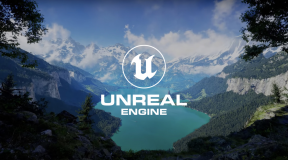
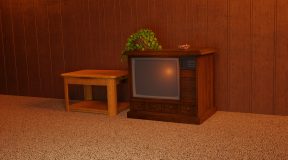
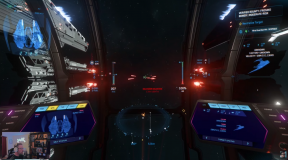
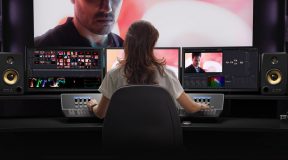
2 Comments
Tipa
October 6, 2025 - 8:32 amThe front of that church looks like wallpaper. I think some bump mapping (UV mapping?) would do wonders for realism.
Scopique
October 7, 2025 - 6:35 amUnfortunately it already has the textures provided and applied, including bump, but I agree with your point. The UV on the model is kind of chaotic; I might look around for another one.
Comments are closed.